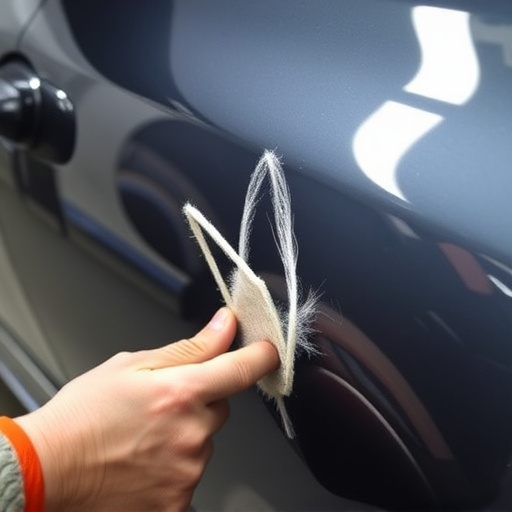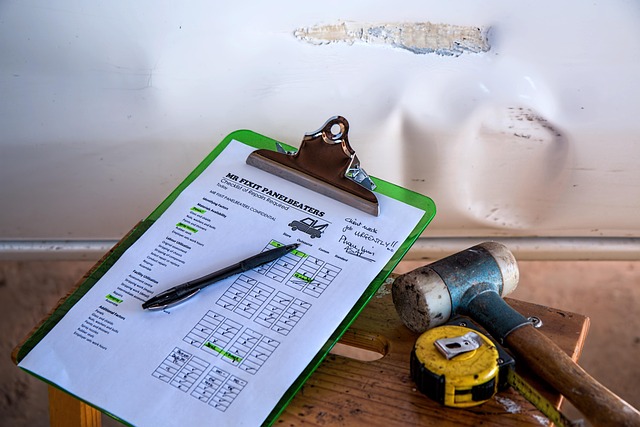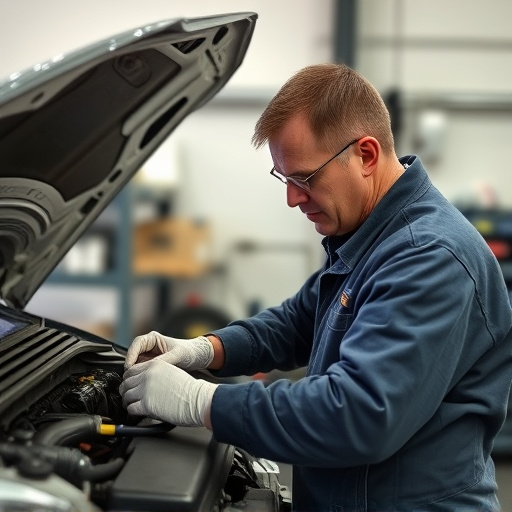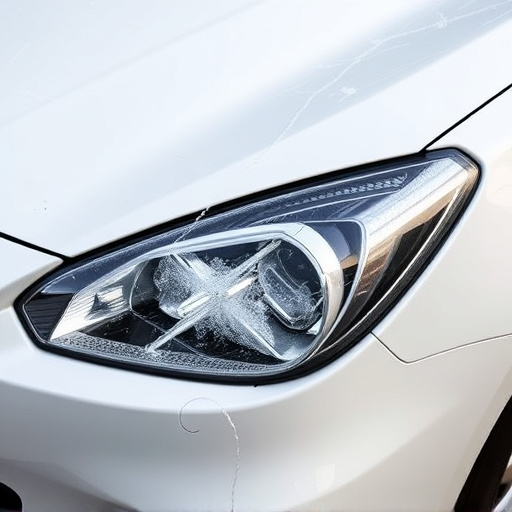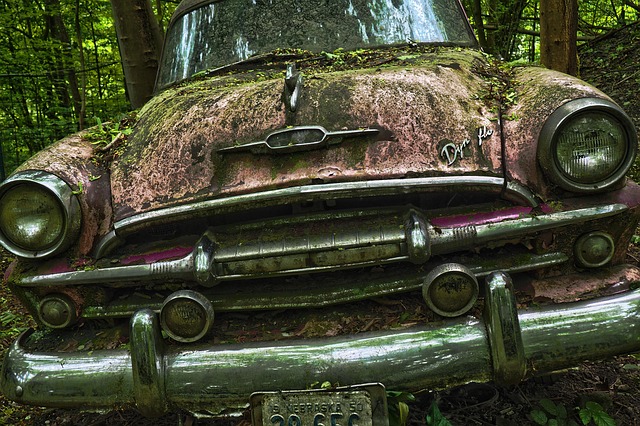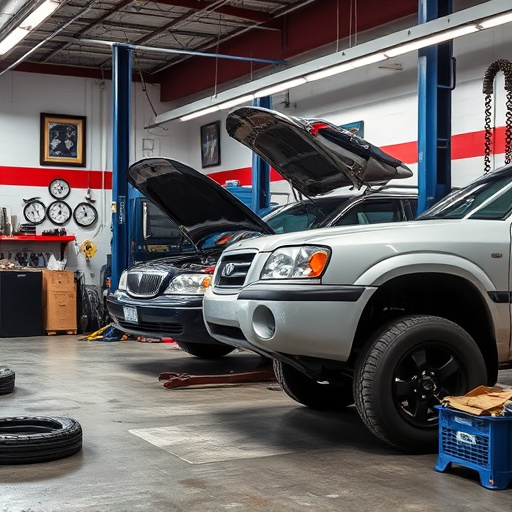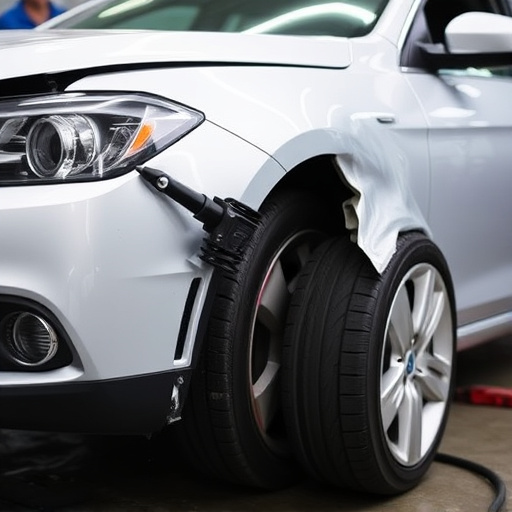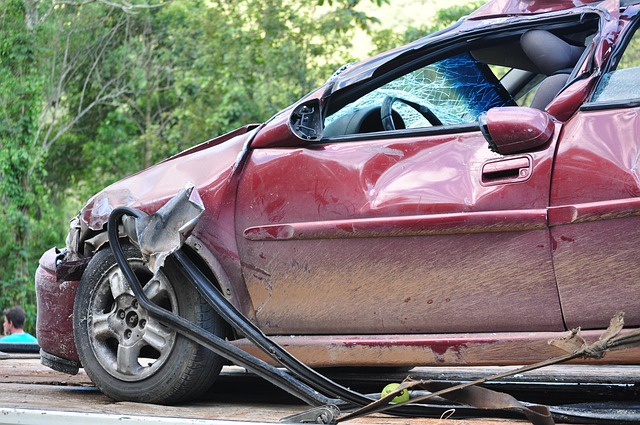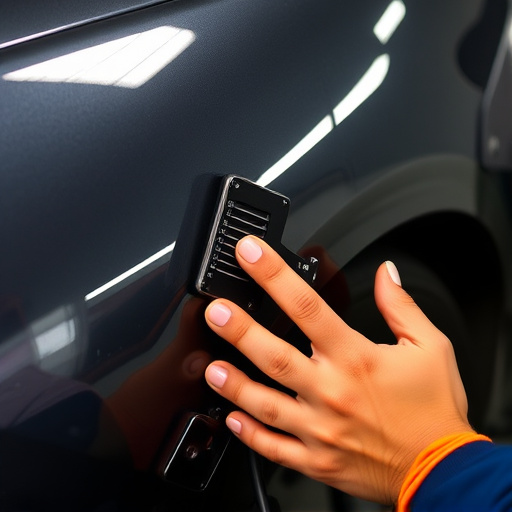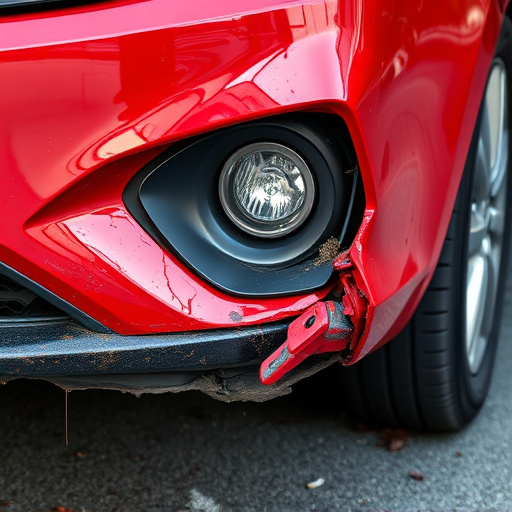Hood dent removal is a meticulous process aimed at restoring vehicles' aesthetics by fixing dents, dings, and creases on the hood. Using specialized tools like hammers, heat guns, and pneumatic equipment, technicians expertly manipulate metal panels back to their original shape without compromising structural integrity. Popular techniques range from traditional air compressor methods to modern vacuum or heat-based innovations. The best approach depends on dent severity; minor dents can be fixed by DIYers with accessible tools, while complex cases require professional hydraulic presses. Consulting detailers ensures optimal results tailored to specific vehicle makes, models, and years, preserving both aesthetic and structural integrity.
Looking to fix those unsightly dents on your car’s hood? Understanding hood dent removal is key to restoring your vehicle’s sleek appearance. This guide breaks down the basics, explores popular techniques like PDR (Paintless Dent Repair) and traditional methods, and offers crucial factors to consider before you start. Discover the most effective hood dent removal techniques and get your car back in top form!
- Understanding Hood Dent Removal: The Basics
- Popular Techniques for Effective Dent Repair
- Choosing the Right Method: Factors to Consider Before You Start
Understanding Hood Dent Removal: The Basics

Hood dent removal is a specialized process aimed at restoring the original shape and aesthetics of a vehicle’s hood. It involves meticulous techniques to address dents, dings, and creases that may have resulted from minor collisions or impact events. Understanding the basics of hood dent removal is crucial for both DIY enthusiasts and those seeking professional auto body services.
The primary goal is to manipulate the metal panel back to its original form without compromising structural integrity. This typically involves using a combination of tools, including specialized hammers, clamps, and sometimes advanced technologies like heat guns or pneumatic tools. Skilled technicians or dedicated DIYers carefully apply these methods, considering factors like the severity of the dent, metal type, and vehicle design, ensuring effective hood dent removal and ultimately contributing to the overall vehicle restoration, whether at a collision center or through personal initiative.
Popular Techniques for Effective Dent Repair

In the world of auto bodywork, hood dent removal has emerged as a popular and effective solution for restoring damaged vehicles to their original condition. Several techniques have gained traction due to their efficiency and affordability, catering to both professional auto body services and DIY enthusiasts. One widely used method involves the application of specialized tools like air compressors and pry bars, which allow for precise manipulation of the dented area without causing further damage. This technique is particularly effective for smaller, shallow dents.
Additionally, modern advancements in auto glass repair have led to the development of innovative tools specifically designed for hood dent removal. These tools often utilize vacuum or heat technology to gently push out the dent, making them safe and suitable for various vehicle types. Regardless of the chosen method, whether it’s a professional auto bodywork approach or a DIY solution, the goal remains consistent: to seamlessly mend the damage, ensuring the vehicle retains its aesthetic appeal and structural integrity.
Choosing the Right Method: Factors to Consider Before You Start
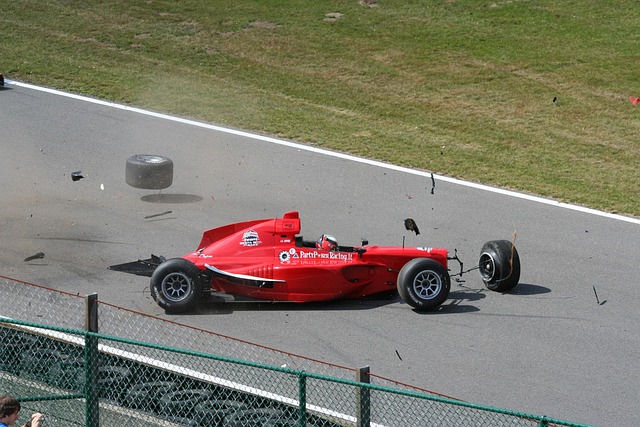
When it comes to choosing the right hood dent removal technique, several factors should guide your decision. First and foremost, consider the extent of the damage. For minor dents, DIY methods using air compressors or dent pullers can be effective and cost-friendly options. These tools are easily accessible and allow for some level of customization, making them suitable for small, uniform dents.
However, for more severe dents or complex shapes, it’s best to leave the job to professionals in an auto repair shop or collision repair center. They have access to advanced equipment like hydraulic presses and specialized tools designed for precise dent removal. Factors such as the car’s make and model, the year, and the specific location of the dent also play a significant role. Consulting with experienced auto detailers can provide valuable insights into the best approach for your unique situation, ensuring optimal results without causing further damage to your vehicle.
In conclusion, effective hood dent removal is achievable through understanding the damage and selecting the right technique. Whether using traditional methods like hammering or modern approaches such as plastic welding, proper evaluation and material-specific solutions are key to successful restoration. By considering factors like severity, cost, and time, car owners can make informed decisions, ensuring their vehicle’s exterior looks as good as new. For effective hood dent removal, it’s all about the right approach tailored to each unique situation.

